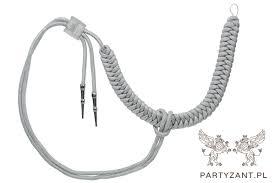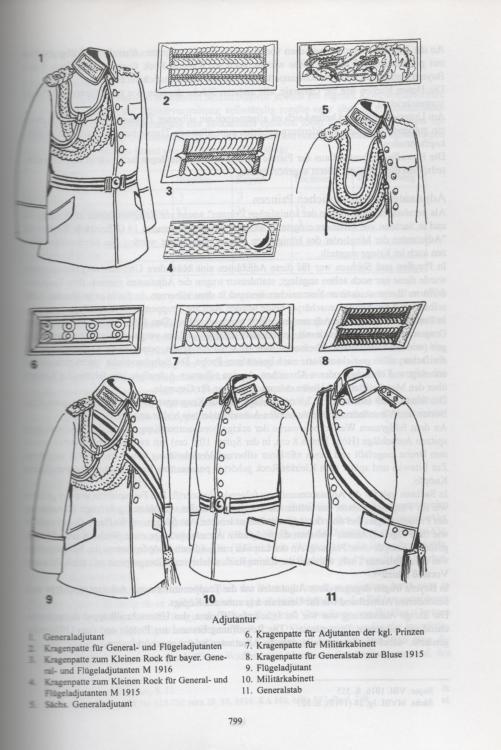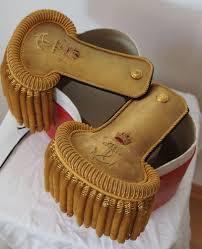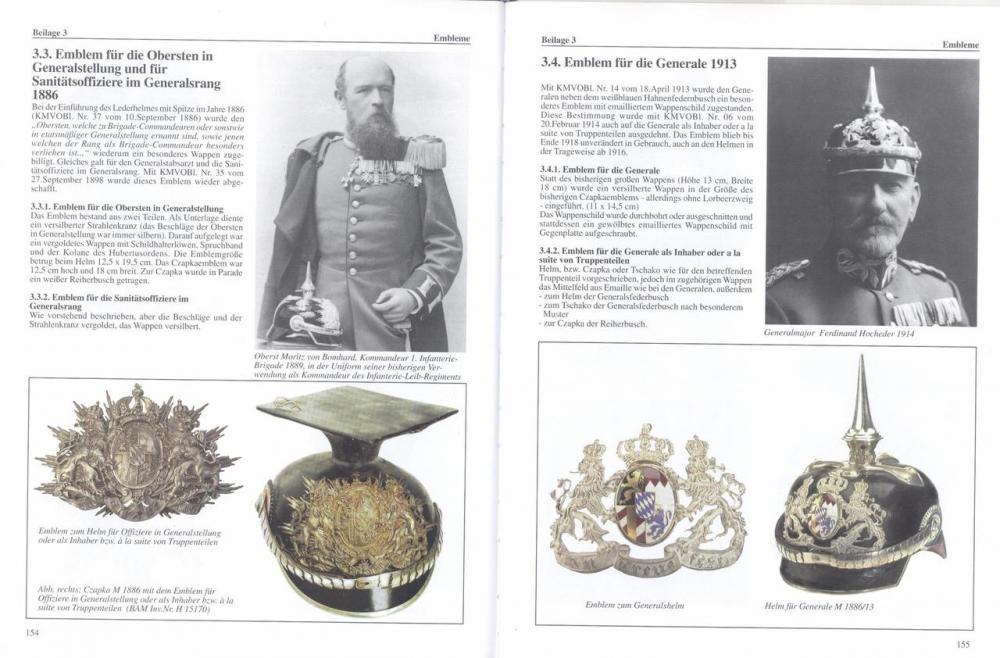
GdC26
Active Contributor-
Posts
971 -
Joined
-
Last visited
-
Days Won
7
Content Type
Profiles
Forums
Blogs
Gallery
Events
Store
Everything posted by GdC26
-
Beautiful set. The book does not address the issue, except that it identifies an open crowned Achselschnur as one for a Flügeladjutant (and the authors presumably had reason to so identify it). The identifiction seems to be borne out by the Leonrod examples, both of which have open crowns.I think it is fair to assume that in this case, like in so many others, there was theory .... and then there was praxis.
-
Hmmm, not so sure how that matches up with: https://www.hermann-historica.de/de/auctions/lot/id/5921 and https://www.hermann-historica.de/de/auctions/lot/id/5921 Looks like something that may have not been too strictly adhered to or enforced (if in fact it was not abolished post 1904, like the paraderock for generals)
-
Chris, Here is your answer for Bavaria, I believe (which I think is what you actually were looking for). On a quick reading, in essence, as of 1873, Achselbänder (which included the Generalsgeflecht denoting rank) only existed for officers of general rank, Achselschnure for adjutants of any rank (with colors denoting differences in rank and station). With the abolishment of the general's parade dress in 1910, Achselbänder, although not abolished, practicallyally became redundant (as a practical matter, the Generalsgeflecht could not be worn with epualettes) as generals switched to wearing Achselschnüre. As an aside I noted that adjutant cords should have closed crown tips, Flügeladjutanten and princely adjutants open crowned tips. Hope this helps, Sandro
-
I've gone through my pics, but have not found any evidence of a simplified Fangschnur in wear by adjutanten in the period up to 1918. Adjutanten appear to have worn either silver braided aguilettes or sashes. Some assorted pre-war and wartime pics shown below. I'll check one more source, and then will see with interest what others say .
-
Not sure why this needs to be contentious, we're all gentlemen here: If you check: https://books.google.nl/books?id=DMFFAQAAMAAJ&pg=PA312&lpg=PA312&dq=achselschnur+versus+achselband&source=bl&ots=FJZaN9ZCPc&sig=ACfU3U3Y6DwlvET_ceekIqUjwGxF_AuKNg&hl=nl&sa=X&ved=2ahUKEwjj_8LZ4crpAhXM16QKHQKxCfIQ6AEwA3oECAoQAQ#v=onepage&q=achselschnur versus achselband&f=false you will see that even in 1818, it was hard to make a real distinction in terms of purpose, and that the distinction was made by reference to origin and construction instead. Achselbände apparently originated from a shoulder band or cord that originally held belt and saber hangers in place. In 1818, they were used to denote rank and/or unit. Achselschnure are defined by reference to their "Spitzen" (the metal pencil like contraptions at the end of the cords), originally used to clean the ignition holes of muskets. In 1818, according to the encyclopedia the link refers to, they just served ornamental purposes ("heurzutage dienen Achselschnüre our noch zur Zierde...."). As noted by others in this thread, the distinction made in the definition in the 1818 encyclopedia seems to have blurred over time. I think Simi is referring to the WWII distinction between the two pics shown below, with the first pic showing a WH Fangschnur for adjutants (which indeed denoted function, not rank), the second and third an officers parade aguiliette (gold for general officers, silver for officers, and thus somewhat indicative of rank). Problem with that thesis is that I'm not sure a similar distinction existed in the armies of imperial German states. At least the page of Das Deutsche Heer copied below does not show a similar difference in construction between the Fangschnuren for Generäle, Generalajutanten and/or Flügeldjutanten. But I'll run though my pics as time permits to see if I can find evidence of a similar distinction being made in WWI. I think member Filfoster in a separate link pointed to (perceived) differences in braiding and construction between Flügeladjutant aguilettes on the one hand, and General(adjutant)s on the otherNot sure why this needs to be contentious, we're all gentlemen here: The pics of Flügeladjutanten in that thread do not confirm the type of difference in construction of aguilettes that Simi rightly pointed out, existed in WWII. And to add further to the confusion: adjutants in the German armies of WWI occasionally wore sashes to denote function, even after August 1914. To be conintued. Kind regards, Sandro
-
2. No cuff ranks, would there have been any? YES: see link https://www.dorotheum.com/de/l/573995/ 3. It has loops for epaulettes. What would they look like? SEE PICS 4. It has loops for two medals. Any idea what they would have been? Not so much which particular medals. I know that's impossible. There are two overlapping stiff cord medal hangers. Would that be for two medals or a bar with more than two? TWO LOOPS, two medals - see the link above (pic too large to upload) Very easy to research doing a quick Google search (and actually fun).
-
Weiland refers to his majesty, not to the Generaladjutant, who retained their rank and title whilst alive and would not be listed in any Ranglisten once they are dead. So adjudant general of his late majesty etc. is the correct translation. Kind regards, Sandro
-
The proper translation of “Weiland“ would probably be “late”. Kind regards, Sandro
-
Thanks Bayern, but I think that date is wrong. This is what I shared privately with Claudio, from a book on Bavarian spiked helmets issued by or based on the collection of the Bayerische armeemuseum in Ingolstadt. It puts the introduction at 18 April 1913 (with a 20 February 1914 extension to generals as honorary regimental commanders ("Regimentsinhaber") and Generäle a la Suite) and clearly mentions the absence of lauerelleaves as a feature of the new plate (which goes directly to Claudio's original question, and which is why I sent it to him). Kind regards, Sandro
-
Pleasure, Claudio. As you may have seen, I've meanwhile responded to your PM by e-mail, sending you a scan of two pages from the book I referenced. It is clear from the description of the relevant regulations given there that the plate should not have laurel leaves. I've also checked the pictures in my collection, and have not found any wartime or postwar "old boys gathering" pics of a helmet with laurel leaves being worn (and I've seen some oddities at post war gatherings orf retired generals). So I think the helmet at hand requires explanation. Hope this is of assistance. Kind regards, Sandro
-
Ciao Claudio, There are several at Weitze: https://www.weitze.net/militaria/29/Bayern_Pickelhaube_fuer_Generale_nbsp__365929.html and https://www.weitze.net/militaria/53/Bayern_Pickelhaube_fuer_Generale__223253.html neither of them with laurel leaves. One of them shows you what the back of the plate should look like. Did you remove and check out yours (I'm always hesitant to do so, but it is important to tell real from fake these days)? And did you check fro possible "Doppellöcher" in the helmet's body, indicating it may have had a different plate at some point in time? Moreover, but is there any indication that the liner may have been replaced? Hard to judge from the pics, but its condition does not seem to match the condition of the helmet. Time permitting I'll go down to my library and dig out an excellent book I have on Bavarian spiked helmets. I'll let you know what I find. In the meantime, the only helmet with laurel leaves I found on Helmut's site is this cavalry/field artillery helmet: https://www.weitze.net/militaria/95/Bayern_Pickelhaube_fuer_einen_Reserve_Offizier_in_den_Chevaulegers_Regimentern_1_3_5_und_7_oder_der_bayerischen_Feld_Artillerie_Regimenter__361495.html But GM Martin Zöllner's M 1902 helmet I bought at Kube many moons ago does have laurel leaves. Perhaps yours is a M 1902 (basically with a standard infantry plate, but of higher quality, if memory serves) that the general upgraded on the introduction of the enameled plate in 1913: but it would require an inspection of the plate etc. to confirm that. Is it named anywhere? Zöllner's helmet has his name written in pencil on the inner body of the helmet, underneath the liner. Bayern and you are right about the color of the Beschläge: silver for generals, gold for medical generals and Generaladjutanten. Kind regards, Sandro
-
Pleasure Ian. Why not share the pic of von Bauerntal you say you have located? Von Bauerntal would have been 49 at the time of the pic, which seems possible. When was your pic taken? Anton Bauer was born in 1855, so he was 61 by the time the pic was taken - the man in the pic seems younger, but it is possible. As time permits I'll have a look atmy references to see if I can find anything to support or deny your thesis. Kind regards, Sandro
-
Ian, So from the looks of it, based on the pic and the notation "GM" after the scribble, your man was a GM in July 1916, with a Bosnian horse called "Floch" (that is what I think "Mein Bosniaker" refers to), so possibly cavalry. Viktor Andreas Leopold Bauer Edler von Bauernthal would fit that bill: born 31.3.1867, died 24.11.1937, GM 1.11.1914, FML 1.11.1917, commander K.u.K. 10th Cavalry Division October 1915 - November 1918. I could not find a picture of the man, but he seems like a strong possibility. Was he amongst the Bauers you eliminated? I've checked for Rauch and a number of other possibilities, but I've not found anyone of general rank with the surname "Rauch", and could not identify other possible candidates. Hope of use. Kind regards, Sandro
-
REICHSMARSCHALL!
GdC26 replied to filfoster's topic in Germany: Third Reich: Uniforms, Headwear, Insignia & Equipment
Another pic of the interim baton in use, currently for sale on German Ebay: https://www.ebay.de/itm/352973648046?ul_noapp=true


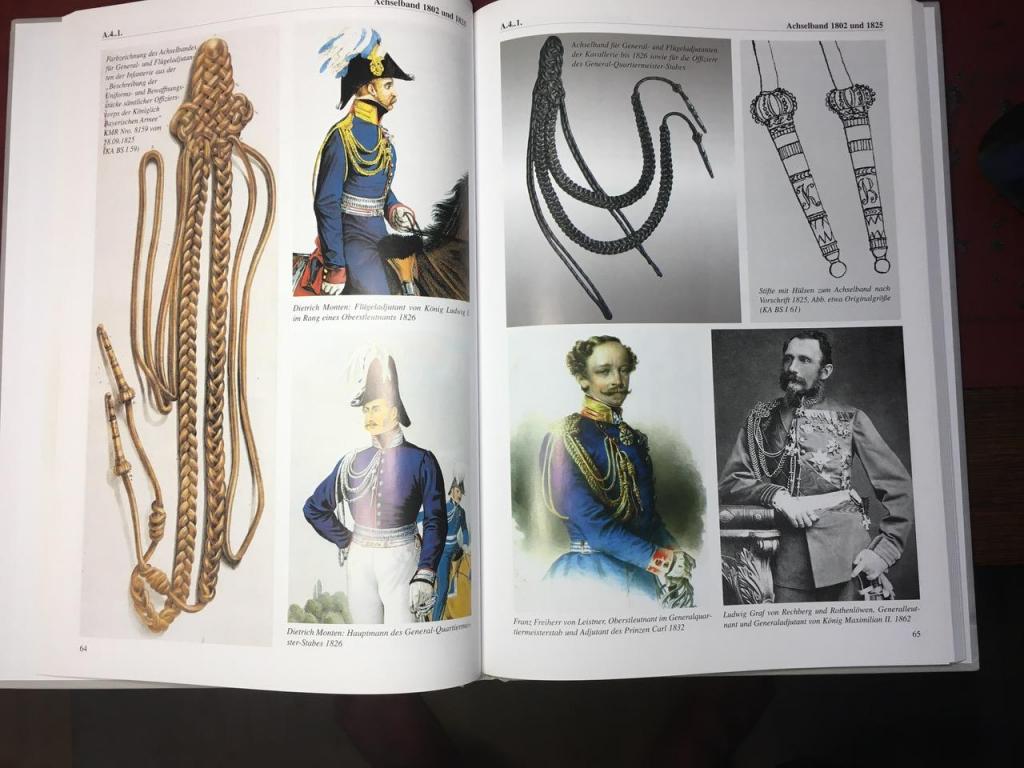
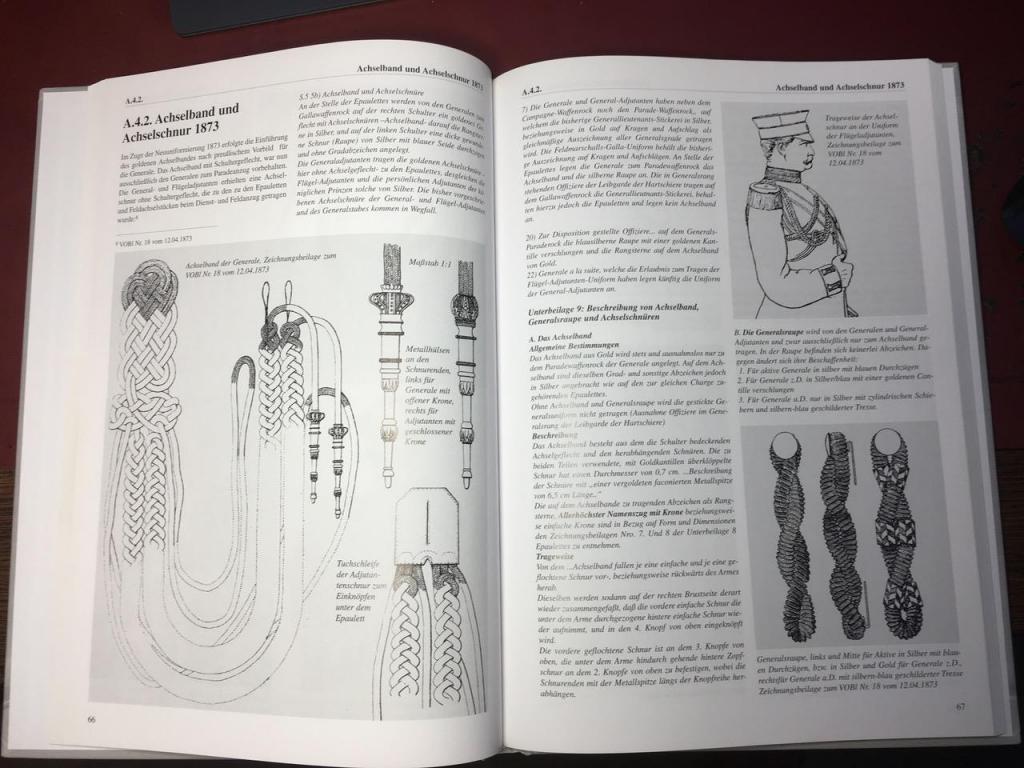
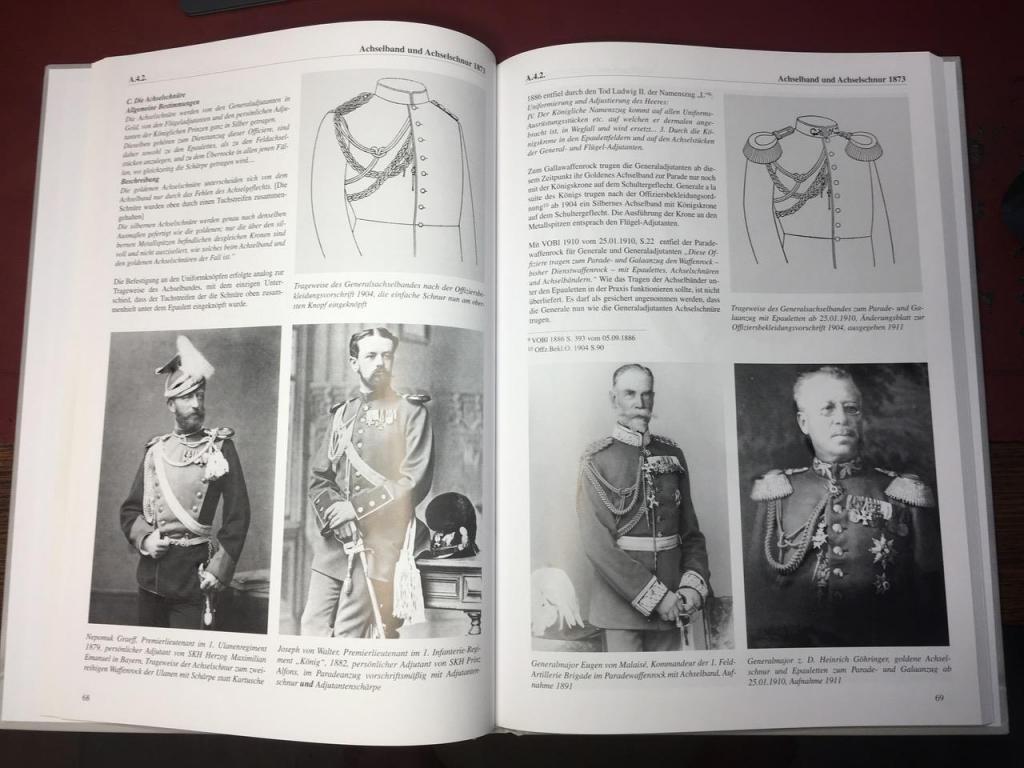
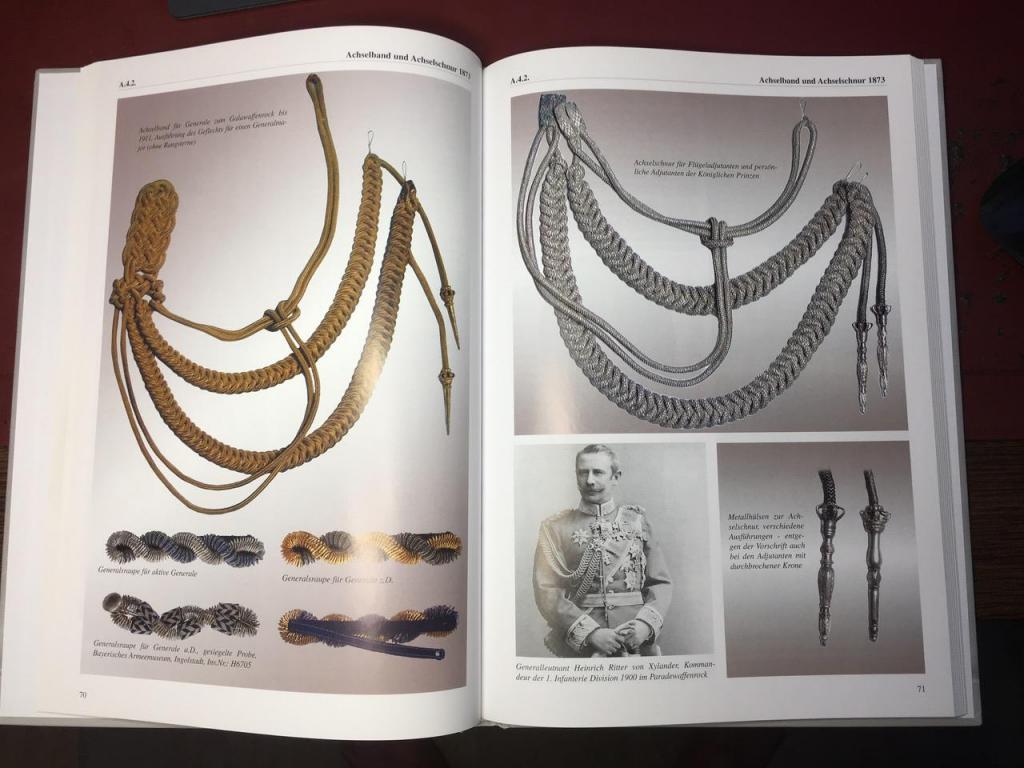

.thumb.jpg.1b1db8511a915d1c0ad0c4dab981a945.jpg)
.thumb.jpg.88c092bd34594717184750da48d6c8e5.jpg)
.thumb.jpg.fe1ad768ff9dec0436b23f46f43c42bf.jpg)
